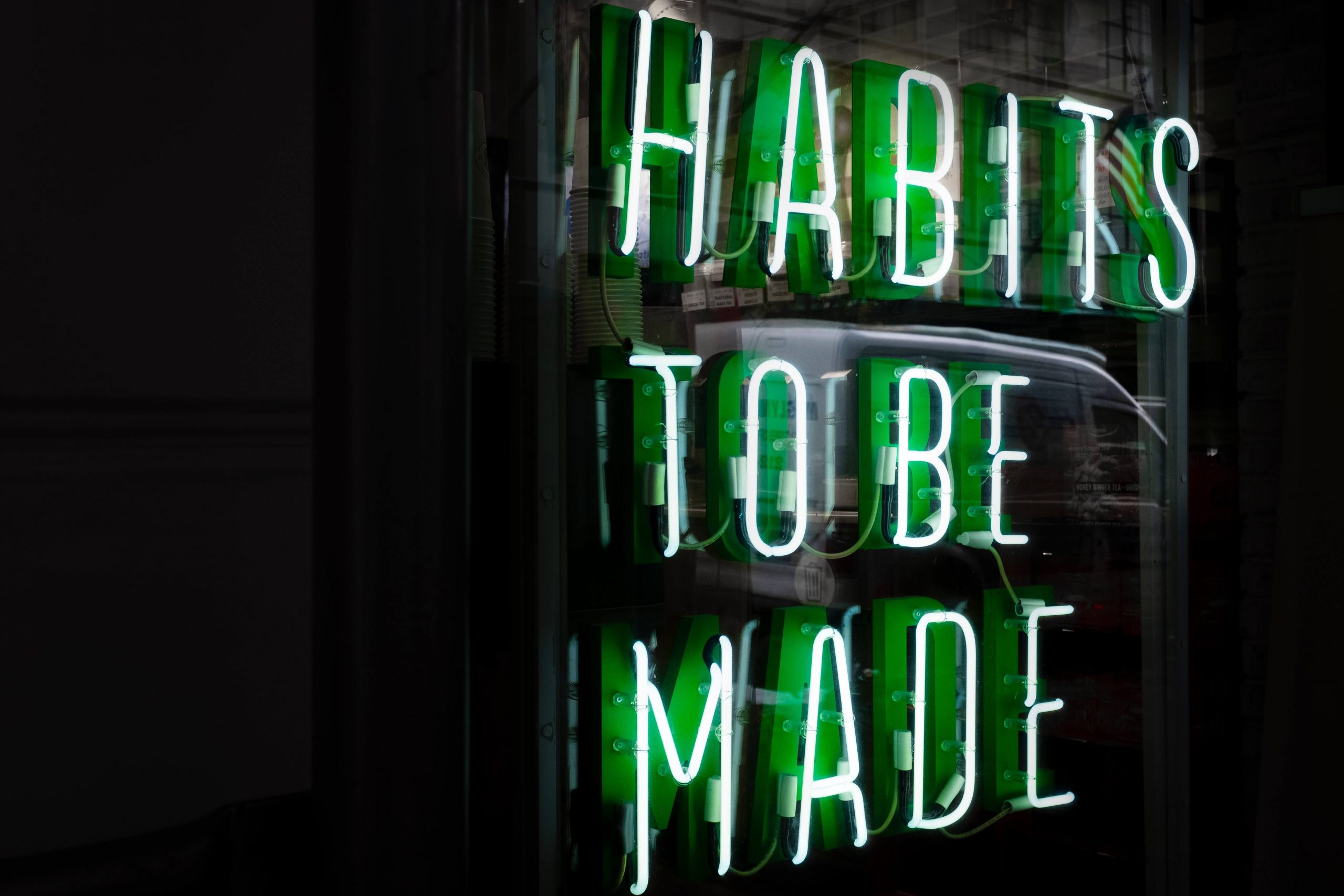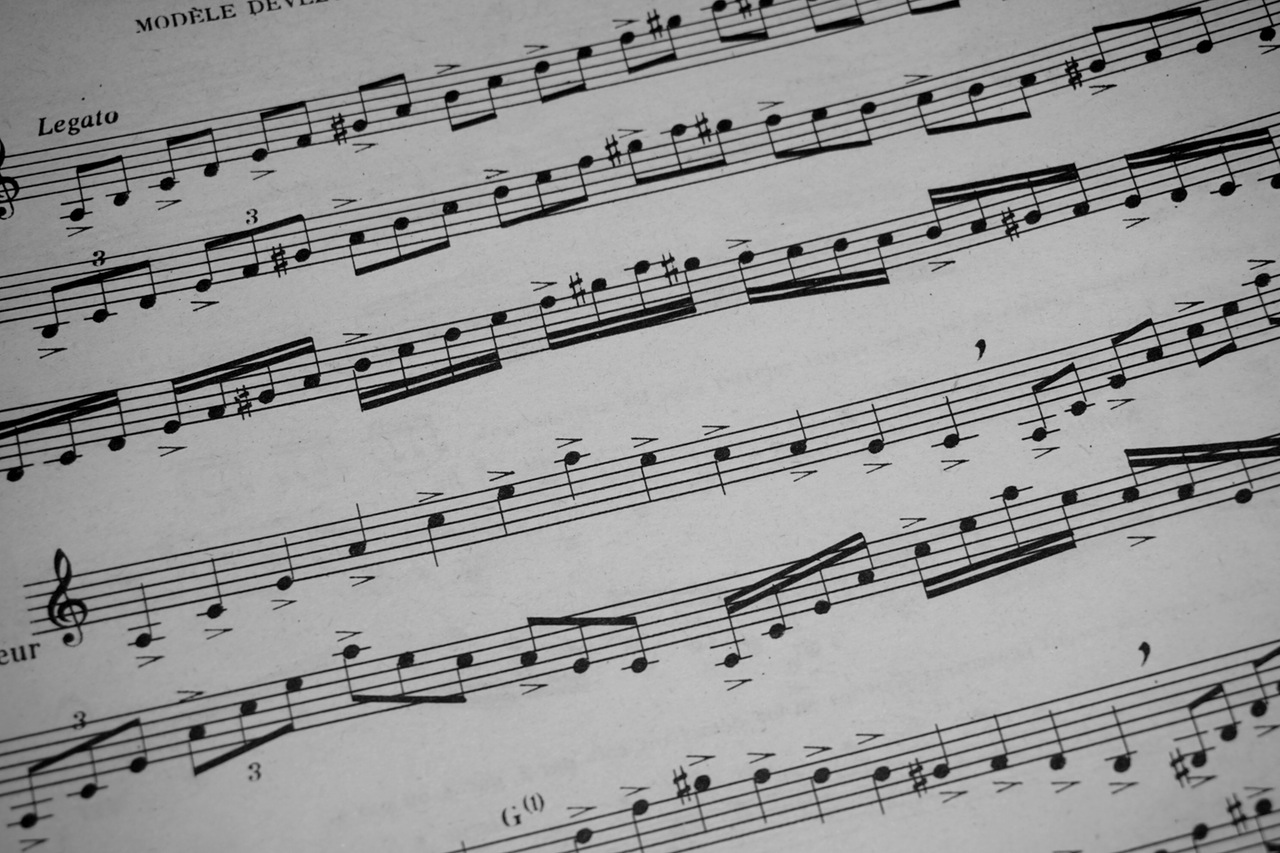One questions that comes up a fair amount in lessons – especially lessons with younger students faced with new or difficult repertoire – is “can you play this so I can hear how it goes”? Most of the time, my answer is something along the lines of “yes, but everything you need to know is written on the music”, and then we can start picking apart the specific challenge(s) in the piece.
But is there a better way to learn repertoire quickly and efficiently?
Model Performance: Helpful or Not?
Interestingly, a study published in the Journal of Research for Music Education took a much more scientific approach to finding out whether listening to a model performance or recording can help improve learning and retention of a new piece of music.
Here is how the study went down, from the abstract of the study:
During evening training sessions, 32 nonpianist musicians practiced a 13-note keyboard melody with their left (nondominant) hand in twelve 30-s practice intervals separated by 30-s rest intervals. Participants were instructed to play the sequence “as quickly, accurately,
and evenly as possible.” Approximately half the participants, prior to the first practice interval, listened to 10 repetitions of the target melody played at 552 tones per minute (half note = 138). All participants were tested on the target melody the following morning, approximately 12 hr after training, in three 30-s blocks separated by 30-s rest intervals. Performance was measured in terms of the mean number of correct key presses per 30-s block.
The 13-note melody:

The Results? No (Real) Surprises
The results of the study showed that both groups – those that listened to a recording of the melody and those that simply practiced it without the recording – both improved during their evening practice session. This isn’t (or shouldn’t be) any sort of a surprise – practicing improves performance.
Perhaps more interestingly, both groups also improved overnight between the evening practice session and the next morning’s test session. This isn’t a huge surprise, either, since other studies have shown that good consistent sleep – especially when you get into the realm of deep sleep, where it’s difficult to be awoken – can help improve the small motor skills associated with playing any instrument at a high level.
Regarding the group of participants who listened to the recording vs. those who did not, the group that listened to the recording did noticeably and consistently better than the group that did not. The recording group began the study with an average of 52.18 correct key presses per 30s block (CKP/B), and by the end of the evening practice session had pushed that average up to 99.96 CKP/B – an improvement of 92%. At the same time, the non-recording group began with an average CKP/B of 48.71 and managed to increase that average to 84.16 CKP/B – an improvement of only 73%.
The disparity continued during the following morning’s test, when the recording group pushed their average up to 108.75 CKP/B (a further increase of 9%), while the non-recording group only increased their average to 87.24 CKP/B (a 4% increase).
Clearly, then, listening to a recording is always the way to go, right? Not so fast…
There Is Always a “But”
While this study does a good job at demonstrating the clear advantages of using a recording or model performance to assist in learning music under some circumstances, there are some important things to consider.
Remember, all the participants in this study were musicians that only had secondary training in piano. This means that even without the recording, they were able to look at the music and determine the notes, rhythm, and intervals of the 13-note exercise. They were not using the recording as a substitute for counting and internalizing rhythms and ear training.
Additionally, this study used a very short and simple musical excerpt and very easy-to-quantify measurement: how fast can you correctly play these 13 notes. The vast majority of music is more complex and has much more nuance (at least, one would hope so) than this. To me, this study, while useful, actually gives me more questions than answers:
- Does listening to a recording lock you into a particular interpretation or does it provide a useful starting point?
- Does it matter if the music is thoroughly marked (Romantic, Neo-classical, etc.) or if it is more dependent on the performer to add interpretation (Classical and Baroque)?
- Are multiple recordings better than one single recording – especially in highly interpretive works?
- What if the model recording is atypical of the traditions of a piece or style?
- What if there’s no recording available?
What are your thoughts – let me know in the comments!





